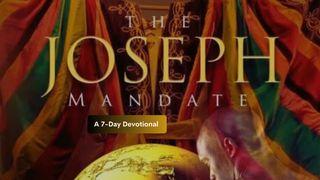Plan Info
How to Study the Bible InductivelySample
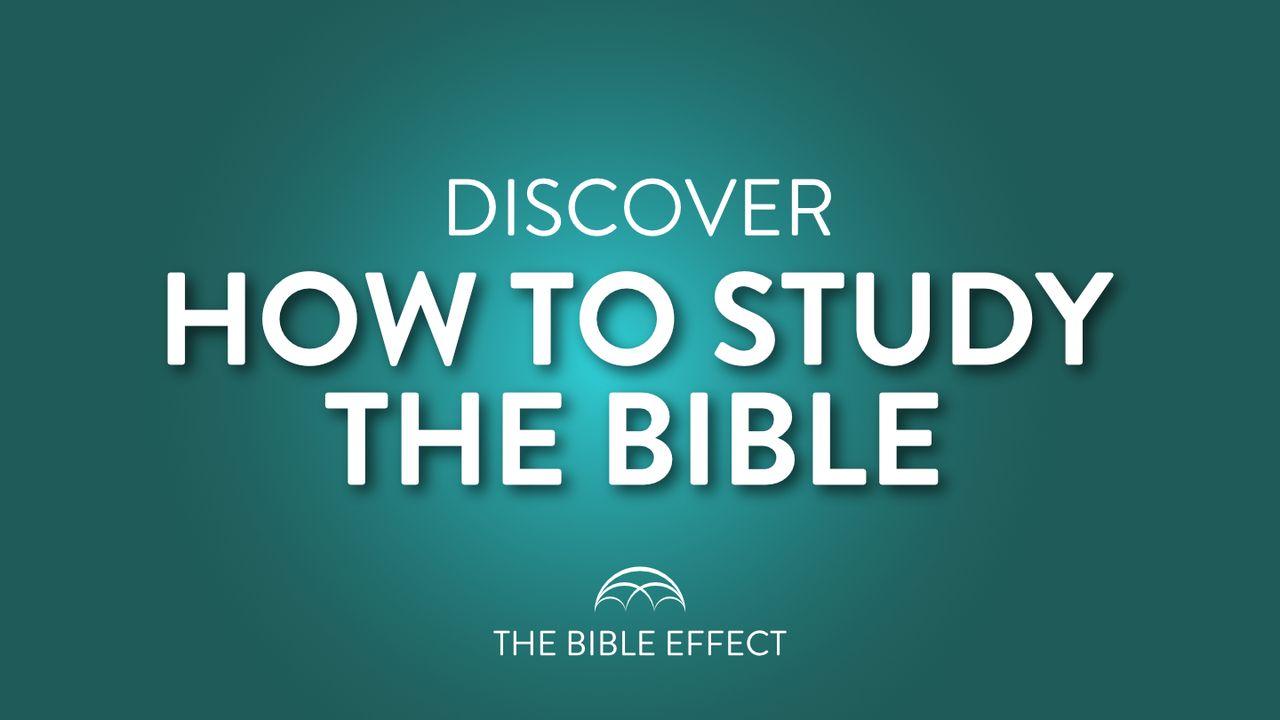
Discovering the Author’s Intended Meaning Through Context
The plans in The Bible Effect’s “Discover” series are based on the inductive Bible study method. This method first seeks to carefully notice what the text says (observation) in order to discover its meaning in light of literary and historical context (interpretation). The goal of this process is appropriate application of the biblical message to our lives today (application).
Each biblical author was inspired by the Spirit to write down the words of God for specific communities of faith—and usually a community that the author knew personally. But we live thousands of years after the lifetimes of the authors and their first readers. Additionally, many of us also occupy a very different geographical location and cultural context. As a result, many aspects of the Bible will feel foreign to us, confusing, and maybe even offensive. The good news is that many of these feelings can be resolved through paying attention to context!! Context helps us to discover the biblical authors’ original message to their original readers so that we can properly understand and apply it today.
So, what exactly is context? Simply put, it is the broader world in which a text was written. There are two types of context to consider when reading the Bible.
The first is literary context, which seeks to understand the meaning of individual verses in light of surrounding paragraphs, the message of the entire book in which they occur, and even in light of the message of the whole Bible. Literary context also considers the genre in which the author has chosen to write, since different genres set up readers to interpret the meaning of texts differently. For instance, the way you read and understand a letter from a close friend is quite different from how you seek meaning from an instruction manual for a new kitchen appliance. Similarly, the biblical authors used different literary genres (such as letters, narratives, songs, etc.) to communicate their message, each of which needs to be approached with appropriate expectations.
The second type of context is historical context, which seeks to understand the world and culture of the author, original readers, and people in the biblical stories. The author had a specific community in mind as he wrote down words inspired by God. His message was intended to address the particular questions and needs of these communities. Thus, to make sure God’s word to them was clear, the human authors used writing styles, illustrations, language, and cultural references best suited to the historical realities of the ancient world. For example, the description of God’s creation of the world in Genesis 1 needed to communicate meaning to ancient peoples who had a view of the universe based primarily on the physical senses, rather than on information that can be gathered from 21st century technology. We must do the historical research necessary to put ourselves into their shoes in order to first read the text from their perspective.
The study process in The Bible Effect’s “Discover” series will be presented like this:
Context
This section will introduce some literary and/or historical context which will shed light on the passage being studied. Day 1 of each plan will include an animated video of the historical situation prompting the author to write to his first readers.
Observations
The main question we try to answer in observation is: “What does the text say?” We do this to gather literary context and to lay a foundation for understanding the text in light of its context (interpretation). Our plans will provide some guidance for this step. Here, we simply try to notice as many details as we can. As we do this, we may begin to form ideas about the text’s meaning. At this point in our study, however, we try to hold off on drawing conclusions until we have observed the text carefully and gathered the necessary context.
Interpretations
In this section, we answer the question: “What did the author intend to communicate to his first readers?” To answer this, we pull together the literary context from observation with the historical context we learned from the background video. In this way, we do the work required to try to understand the meaning of the text from the perspective of the author and his readers.
Applications
With observation as our foundation and having interpreted the text’s meaning in light of context, we can now turn to application. In application we ask, “What response does the text call for from us today?” We first identify the timeless principles present in the text. Then, we consider how we can respond to them in personal and practical ways.
Practicing Inductive Skills
Practice the skill of observation and gather literary context by reading through Paul’s short letter to Philemon. From the text, notice as much as you can about each of the three main characters: Paul, Philemon, and Onesimus. Include verse references to connect your findings directly to the text. You may find it helpful to keep track of your observations by using a pen and paper, or YouVersion’s “Note” feature.
Scripture
About this Plan
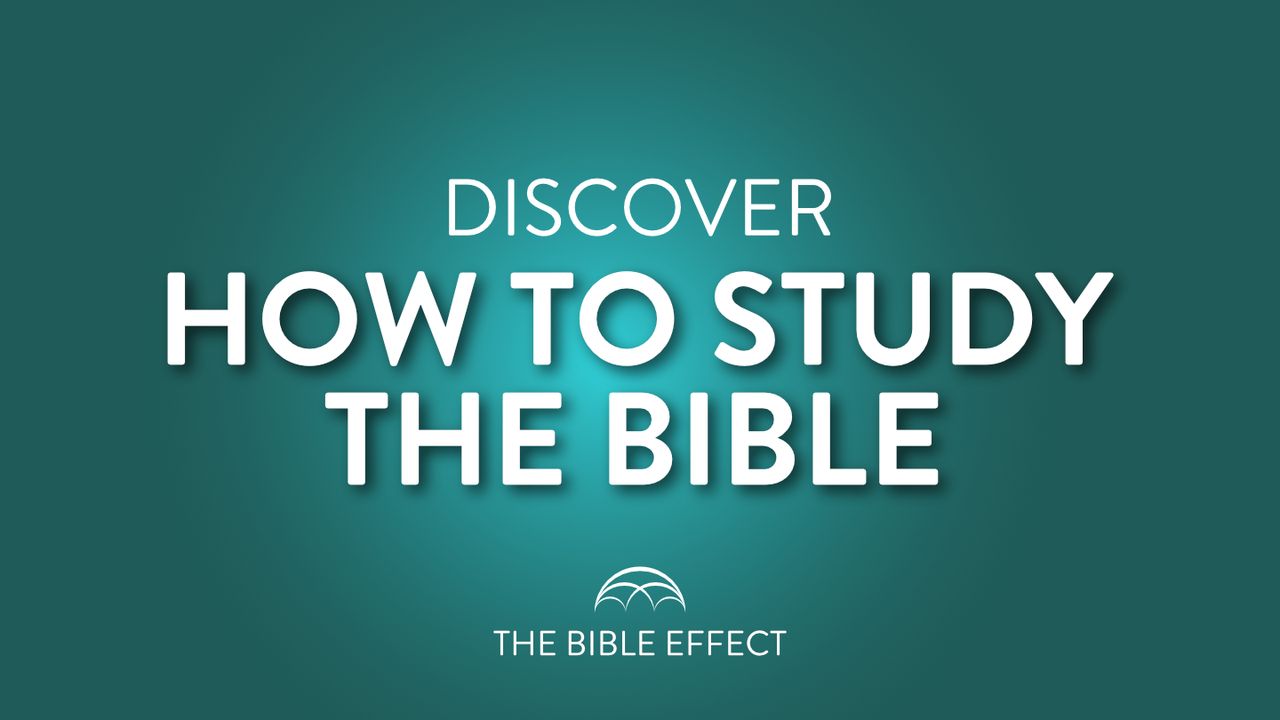
There are many helpful ways to approach Bible study. One that has often proved fruitful is referred to as the inductive method. But what is it? And what are some practical steps for implementing it in personal Bible stud...
More
We would like to thank The Bible Effect for providing this plan. For more information, please visit: http://www.thebibleeffect.com
Related Plans
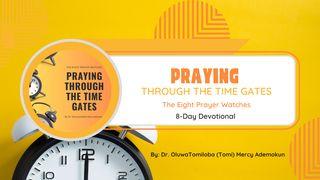
The Eight Prayer Watches: Praying Through the Time Gates
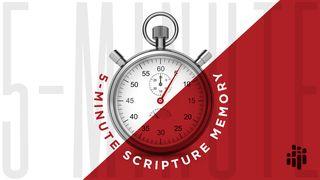
5 Minute Scripture Memory

Holy Spirit, Hold My Hand

Reaching the Promised

Start Strong

Remember When

Wellness Warrior: 7 Days of Prayer and Proverbs
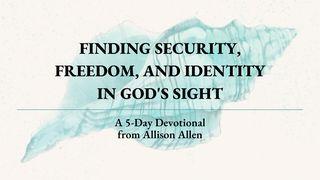
Finding Security, Freedom, and Identity in God's Sight

Power Moves: A 7-Day Reading Plan to Rediscover Your Inner Strength
